13 Sentinels: Aegis Rim, the latest PS4 game from developer Vanillaware, tells the story of 13 Japanese high school students who get mixed up in a war between mechs and massive kaiju beasts that spans over a century and a half of history. To get the whole story, you have to weave together chunks of narrative from each of the 13 characters. Also, there’s some strategy-style mech action.
It’s a little hard to explain, so bear with me. I’ve been following the development of 13 Sentinels: Aegis Rim for years, and I’ve only just recently learned how exactly the game works. One could call it a combination of point-and-click adventure and real-time strategy, but that’s not quite right. Both elements are present, but they feel like distinctive things, to the point where the game menu splits them up once you pass the prologue.
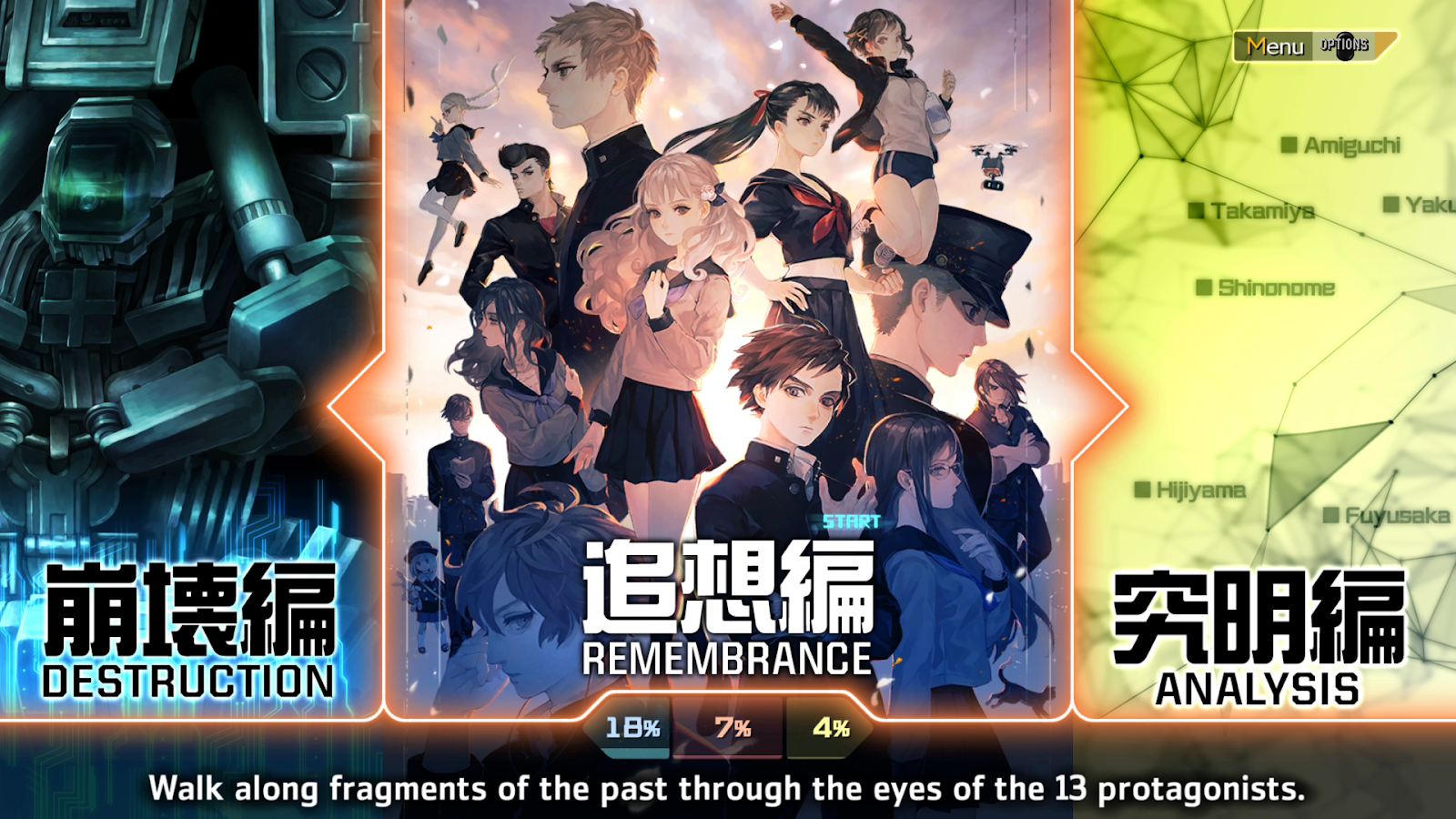
The odd formatting makes sense. The story in the game’s narrative-heavy Remembrance mode is told as a series of memories, each starring one of the game’s central characters. During these memory segments you can explore different locations, interact with other characters, and gather information about your characters’ plight.
Each high schooler has the ability to warp into powerful mechanical creations known as Sentinels (hence the game’s name), but not many of them know why or how. Answers materialise over the course of the ongoing narrative. How are people hopping back and forth between different time periods? Where are the relentless kaiju beasts from, and why do they want to destroy humanity? Why do they warp into their mechs without clothes? What’s with the talking cat? It can get a little weird.
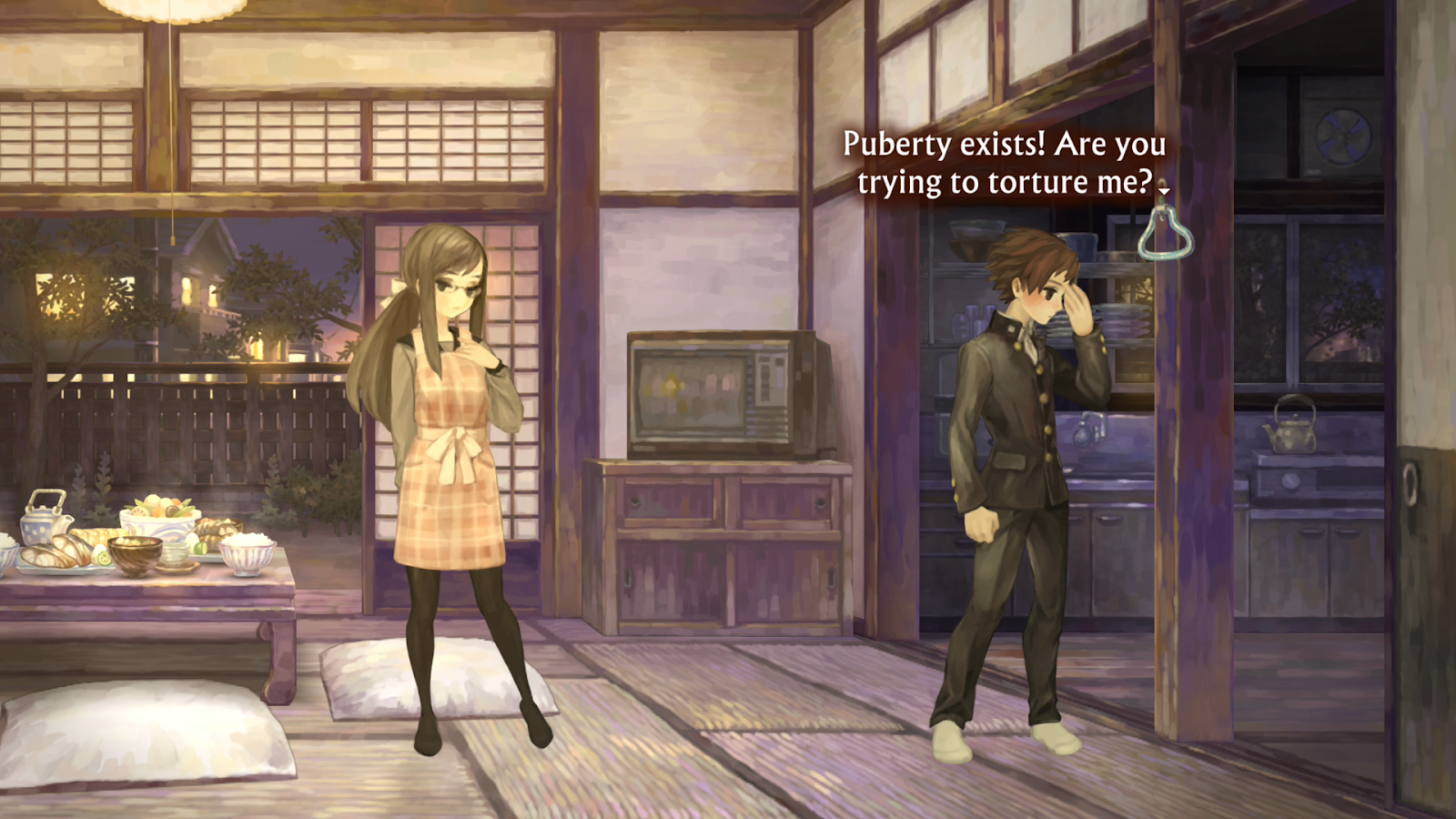
The way the story plays out is incredibly engaging. Since each memory comes from the perspective of a different character, we get to see events unfold from multiple perspectives. In one of the memories of Tomi Kisaragi, a girl from the future warped back to 1985, we see her and two other characters get shot forward in time to the apocalyptic ruins of their city. From there several different events occur, with branching paths based on decisions you’ll make.
Recalling a past event opens a new scene. If Tomi runs off to check on her family, that opens another branch. I can check each character’s chart to see which events I’ve unlocked and which I have missed.
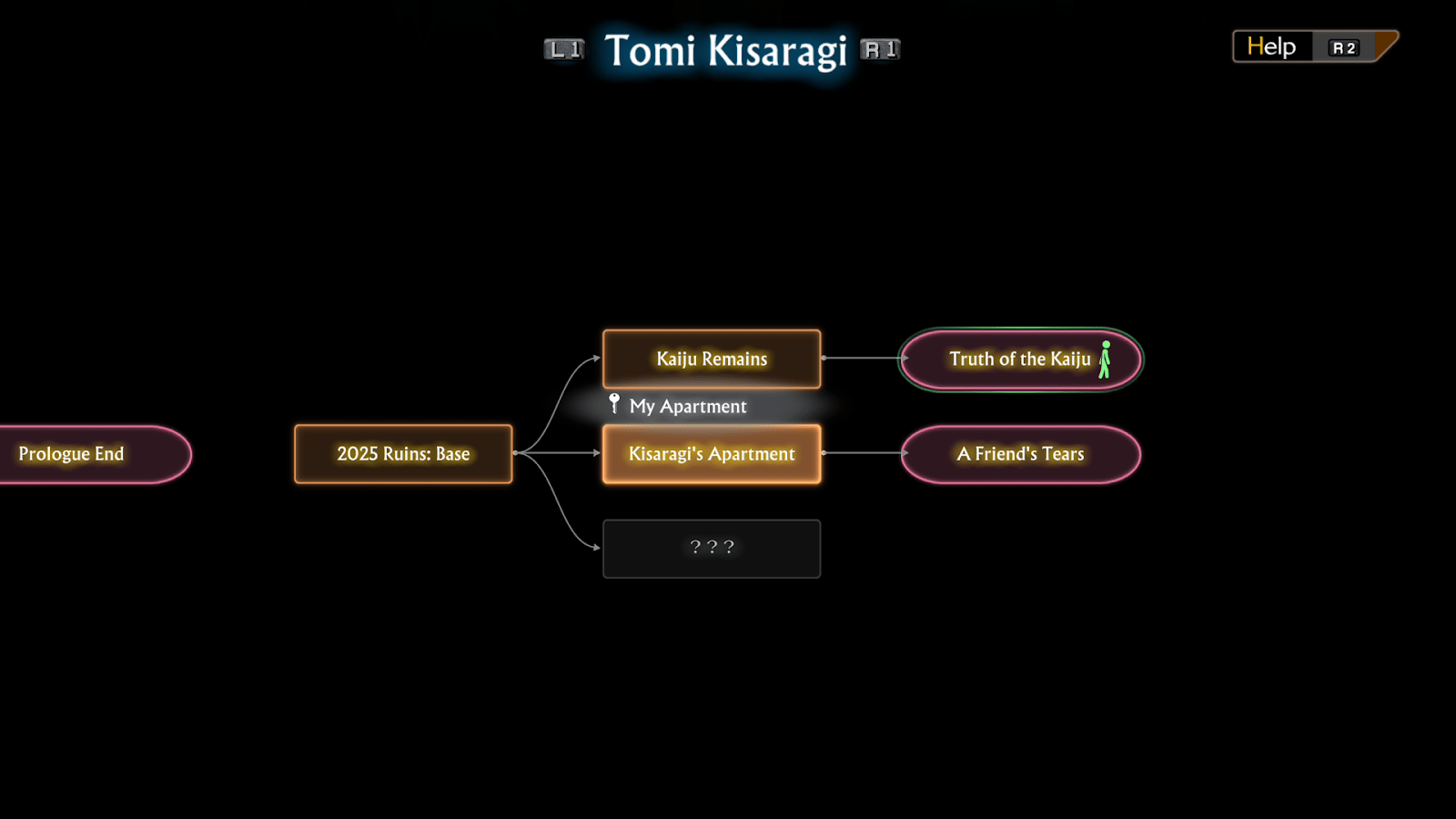
Playing through the game’s story adds new topics to the game’s Analysis mode, which is broken up into two sections. First are the Mystery Files, encyclopaedia-style entries that can be unlocked by spending Mystery Points earned in the Battle Mode. There’s also the Event Archive, where you can replay any story segments you’ve already experienced. Playing through the game’s story also awards Meta-Chips, which are used to upgrade Sentinel abilities in battle.
OK, let’s talk about the game’s mech battles. Here’s where things get a little tricky. Let me just give you an example of one of the earlier battles in the game.
First off, the narrative in the mech battle segments takes place in a different flow of time than the game’s story mode. Characters in battle know how to pilot their Sentinels, though some aren’t sure how they know. They also know their goal is to protect the city’s defence terminal from waves of encroaching kaiju until it can power up and emit a high-powered electromagnetic pulse, dropping the enemies in their tracks.
Rounds play sort of like a tower defence game. The enemy, be they walkers, diggers, or swarms of flying critters, relentlessly march toward the city’s defence terminal, the only thing standing between them and global domination. The Sentinels use their powerful weapons to defend the terminal. Some Sentinels are powerful punchers and kickers, risking their hull integrity to get in close. Others are ranged fighters, firing seek-and-destroy missiles, railguns, lasers, and more. Some support with shields, some deploy drones to guard the perimeter.
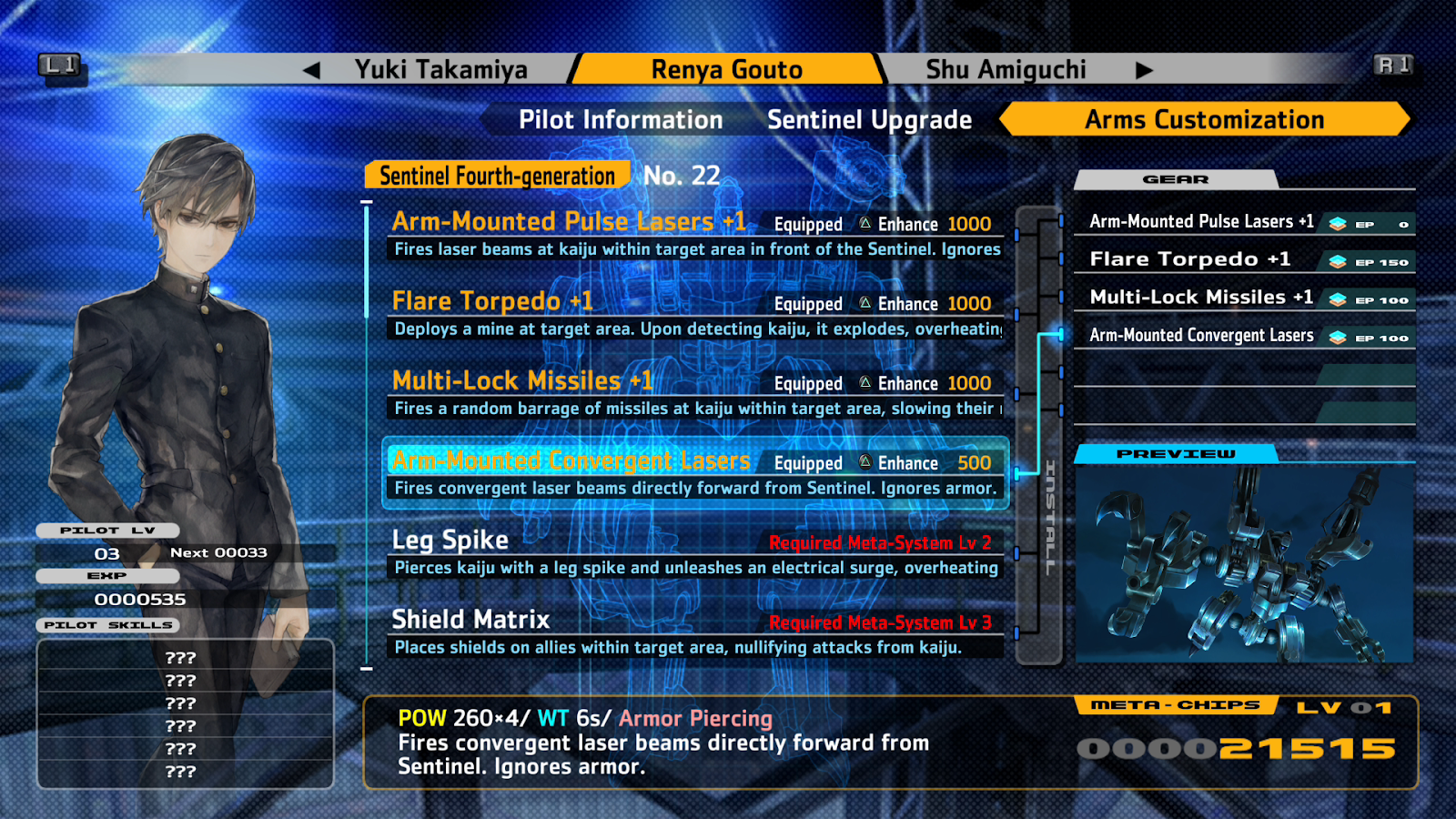
Completing battles and bonus objectives awards you those Mystery Points, used to unlock topics in the Analysis Mode. And thus it all comes full circle. The three modes interact in a few other ways. Sometimes a character’s story progress might be locked, requiring you to complete another battle, access a different character’s memory, or use a certain number of Mystery Points to progress. It’s not like all three exist in a vacuum. They’re just so different that their separation makes sense.
I’m looking forward to getting deeper into 13 Sentinels: Aegis Rim. It’s all the beauty I’ve come to expect from a Vanillaware game with a narrative that gets so twisted that the localisation team had to use the term “wibbly-wobbly, timey-wimey” multiple times while trying to explain the plot to the English voice actors.
13 Sentinels: Aegis Rim launches for PlayStation 4 on September 22. An English-language dub patch drops the same day. I can’t wait.
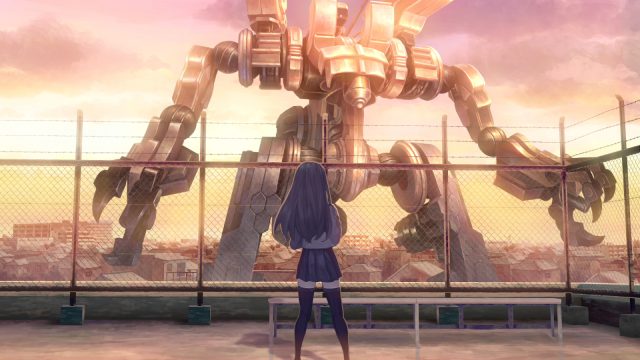
Leave a Reply